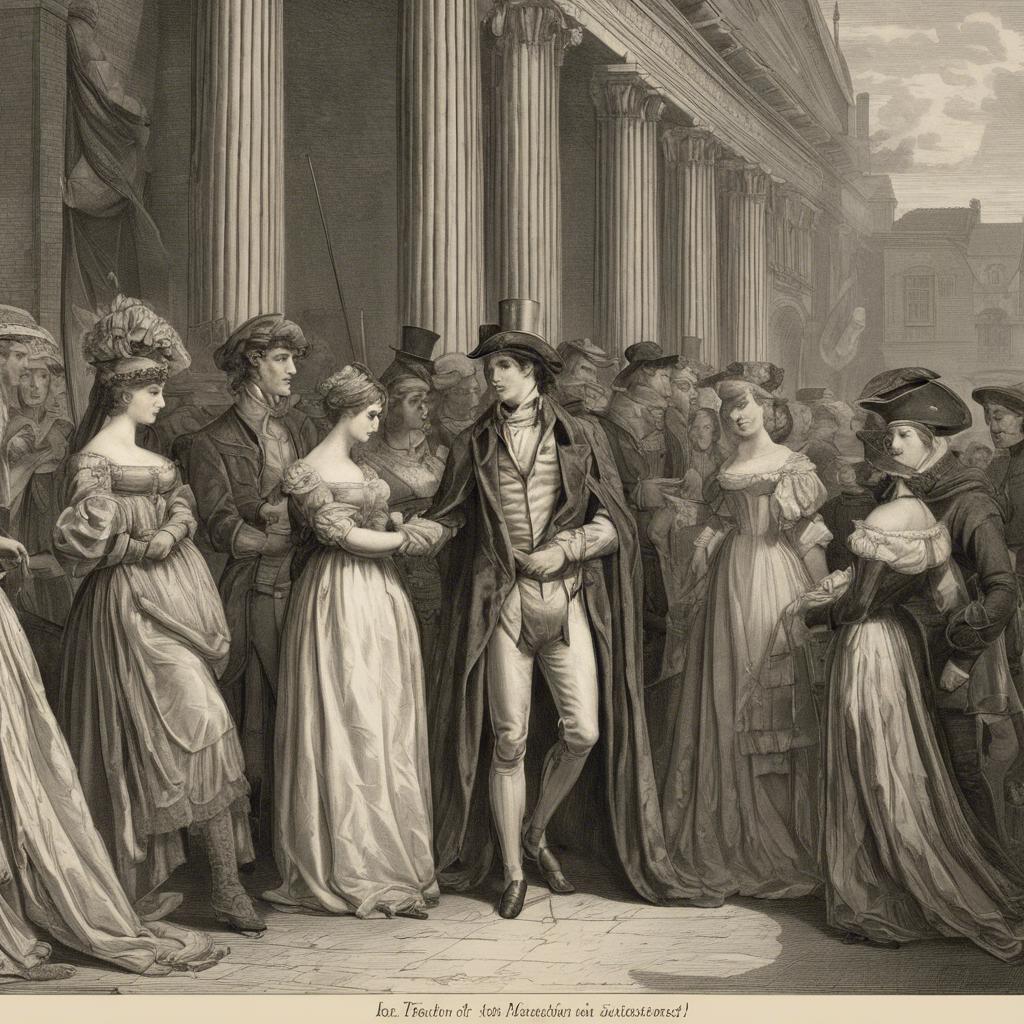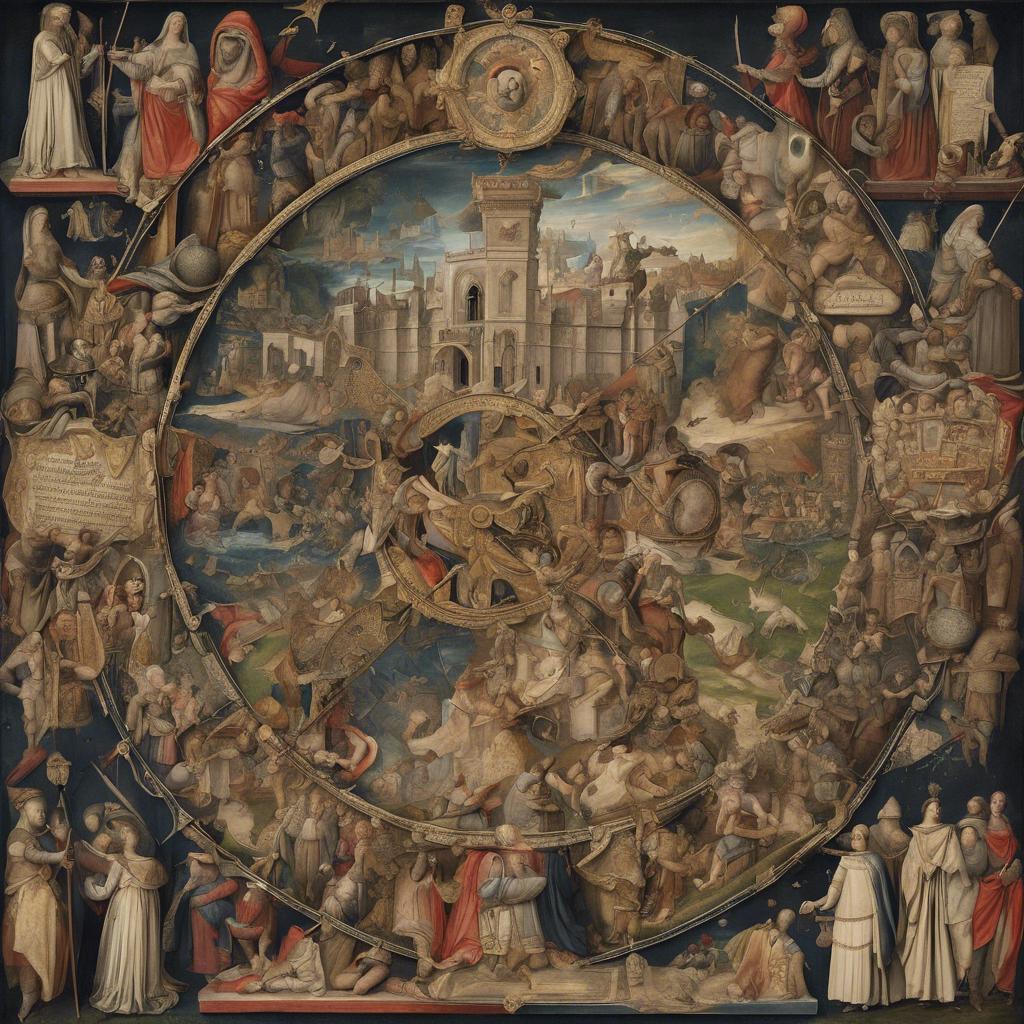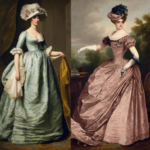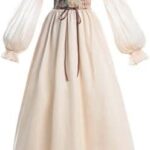The Regency Era and Medieval period are two distinct eras in history that have shaped the course of Western civilization. Despite their differences in time and culture, both periods have left a lasting impact on society, politics, and art. In this article, we will delve into the contrasting characteristics of the Regency Era and Medieval period, examining their unique contributions to the development of human civilization. Through a thorough analysis of historical events and cultural trends, we will uncover the similarities and differences between these two significant epochs in history.
Step Into the World of Cheryl Bolen
Dive into the enchanting stories of love, intrigue, and elegance set in the Regency Era. Cheryl Bolen's novels offer timeless romance and captivating tales that will leave you wanting more.
Explore Cheryl Bolen's Books Now
Regency Era vs Medieval: A Comparative Analysis of Societal Structure
In the Regency Era, societal structure was characterized by a rigid class system, with distinct levels of nobility, gentry, and commoners. The aristocracy held significant power and influence, with titles and regency era jane austen”>land ownership determining one’s social standing. The monarchy and the peerage played a central role in governing society, enforcing laws, and maintaining order.
On the other hand, medieval society was feudal in nature, with a hierarchical system based on land ownership and vassalage. Feudal lords wielded power over their vassals, who in turn provided military service and loyalty. The Catholic Church also held considerable authority, influencing both religious and secular matters.
While both eras had a strong emphasis on social hierarchy and status, the Regency Era was marked by a growing focus on individualism and personal freedom. The rise of the middle class and the Industrial Revolution led to social mobility and a shifting perception of class boundaries. In contrast, medieval society was more rigid and traditional, with limited opportunities for advancement outside of one’s birth status.
Exploring Fashion and Decor Trends: Regency Era vs Medieval
When comparing the fashion and décor trends of the Regency Era and Medieval times, it becomes clear that both periods have left a lasting impact on design aesthetics. The Regency Era, known for its elegance and sophistication, is characterized by soft pastel colors, high-waisted dresses, and delicate fabrics such as silk and chiffon. In contrast, Medieval fashion and décor are marked by rich, dark colors, elaborate embroidery, and heavy fabrics like velvet and brocade.
In terms of interior décor, the Regency Era favored light, airy spaces with classical architectural elements such as columns and ornate molding. Furniture was often delicate and refined, featuring curved legs and intricate carvings. On the other hand, Medieval décor was characterized by dark, heavy furniture with ornate detailing and tapestries depicting scenes from mythology and folklore.
While both the Regency Era and Medieval times have their own unique charm and beauty, each period offers a distinct aesthetic that continues to inspire designers and artists today. Whether you prefer the refined elegance of the Regency Era or the opulent grandeur of the Medieval period, there is no denying the enduring appeal of these two fascinating eras in history.
Military Tactics and Warfare Strategies: Contrasting Regency Era with Medieval Times
In the Regency Era, military tactics and warfare strategies saw significant advancements compared to Medieval Times. One key difference was the emphasis on discipline and precision in battle. Regency armies were well-trained and organized, following strict commands and formations to achieve strategic objectives. In contrast, Medieval warfare often relied on brute force and individual combat prowess.
Another notable contrast between the two eras is the use of technology and weaponry. In the Regency Era, firearms became more prevalent on the battlefield, changing the dynamics of warfare. Cannons, muskets, and rifles were utilized to devastating effect, allowing for long-range attacks and more efficient combat strategies. In Medieval Times, warfare primarily consisted of close-quarters combat with swords, spears, and bows.
Furthermore, the role of cavalry in military operations differed between the Regency Era and Medieval Times. In the Regency Era, cavalry units were still essential for reconnaissance, flanking maneuvers, and shock attacks. However, their effectiveness was somewhat diminished by the rise of firearms. In contrast, in Medieval Times, cavalry played a more dominant role on the battlefield, often deciding the outcome of battles with their mobility and striking power.
The Role of Religion and Politics: A Historical Perspective on Regency Era and Medieval Periods
In the Regency Era, the relationship between religion and politics was complex and often intertwined. The Church of England held a position of power, with the monarch serving as the head of the church. This close connection between religion and politics meant that decisions made by the church could have far-reaching political implications. Additionally, religious beliefs and practices influenced laws and social norms during this period.
On the other hand, during the Medieval period, the relationship between religion and politics was even more pronounced. The Catholic Church played a central role in governing and shaping society, with the Pope holding significant power over both spiritual and political matters. Monarchs were often influenced by the church and sought its approval for their rule. The church’s teachings and doctrines heavily influenced political decisions and the daily lives of individuals.
Key Contrasts:
- In the Regency Era, the Church of England was the predominant religious institution, while in the Medieval period, the Catholic Church held authority over much of Europe.
- During the Regency Era, there was a push for religious tolerance and freedom, whereas in the Medieval period, religious differences often led to conflict and persecution.
Future Outlook
the comparison between the regency era and medieval times reveals the fascinating evolution of societal structures, cultural norms, and fashion trends throughout history. While the regency era was characterized by elegance, refinement, and political transformations, the medieval period was marked by feudalism, chivalry, and religious influence. Both eras have left a lasting legacy on our understanding of the past and continue to shape our views of society today. By exploring the contrasts and similarities between these two distinct periods, we can gain a deeper appreciation for the complexities of human history and the enduring influence of historical moments on our present-day world. As we continue to study and reflect on these eras, we are reminded of the rich tapestry of human experiences that have come before us, guiding us in our journey towards a better understanding of our collective past.


